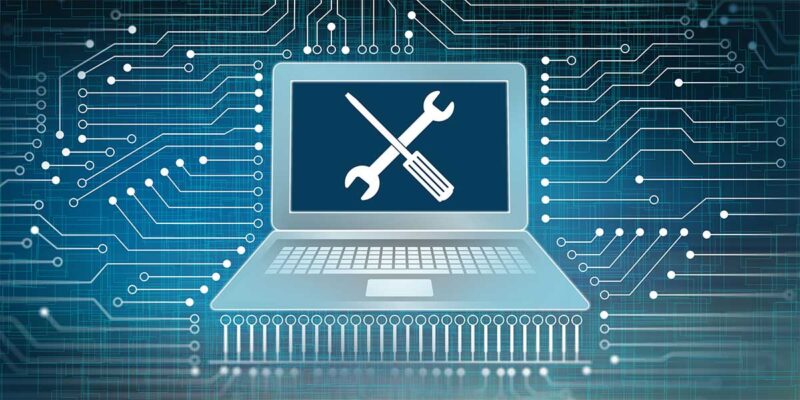Three Simple Things
 Since I know that I have a reputation for aphorisms, let’s start off with this one: How you do one thing is how you do everything. Best practices are a drum that I beat on a regular basis. But that’s only because they’re important.
Since I know that I have a reputation for aphorisms, let’s start off with this one: How you do one thing is how you do everything. Best practices are a drum that I beat on a regular basis. But that’s only because they’re important.
When discussing anything, it’s often helpful to frame it differently, to look at it from another angle, in order to find a way that ‘clicks’ with you. That’s my excuse for why I so often revisit this topic. And with that in mind, let’s talk some more about ways to do things better.
First, factor ease of servicing into your designs.
In all your installations, expect the worst and design to deal with them. It’s elementary to employ power conditioning and UPS systems to protect sensitive electronics, and to engineer a reasonable amount of overkill into your amplifiers and speakers in order to keep them from being over driven. But there are other, more subtle ways to make your installation easier to service.
Sadly, many of them are only obvious in hindsight. As the saying goes, good judgement comes from experience, and experience comes from bad judgement.
With that in mind, mentally walk through your design while it’s being developed. Think about past problems, how you troubleshot, how you solved them and ask yourself if that hard-earned wisdom can be applied to what you’re doing on this project.
Ask yourself: If a component needs to be replaced, how easily can it be removed from the system? Will the tech have to do it one-handed, in a tight spot? Planning ahead for service call scenarios can save a lot of grief later.
Next, it’s better to be correct, than to be fast. Not that your installers should be slow as molasses, but rather that it’s more important that every step be completed correctly than for them to try and break records to complete their task list.
For that matter, their tasks should be written out as unambiguously as possible. Unlike the time where we didn’t notice until it was done that the IR emitters on every single one of the dozens of LCD displays were fastened to the wrong side of the units.
“Your left or my left?” may sound like a dumb question, but it’s not.
Being systematic and methodical takes tie, but it saves a lot of time later.
I’m saving the best for last.
The single most important principle, in my opinion, anyway, is to keep it simple. To clarify: Keep. It. Simple. Almost every completed installation has more than one end-user who needs to be able to use it. Inevitably, you seldom get the opportunity to show all of them how it works. That you need to keep the user interface as simple and straightforward as possible is a hill I will gladly die on.
When reviewing your design, step back and forget that you are a career AV nerd and ask yourself if anyone who isn’t an AV nerd can figure out how to operate it.
Not just the interface needs to be simple. Embrace the zen simplicity of achieving the end result with the fewest moving parts. I’m in a couple of Facebook groups where AV Pro post shameful pictures of bad installs they’ve had to come in and fix. The common denominator in many of them is needless complexity.
The three considerations I’ve addressed here aren’t the only best practices to adopt and they’re all small things, but applying them will go a long way.





